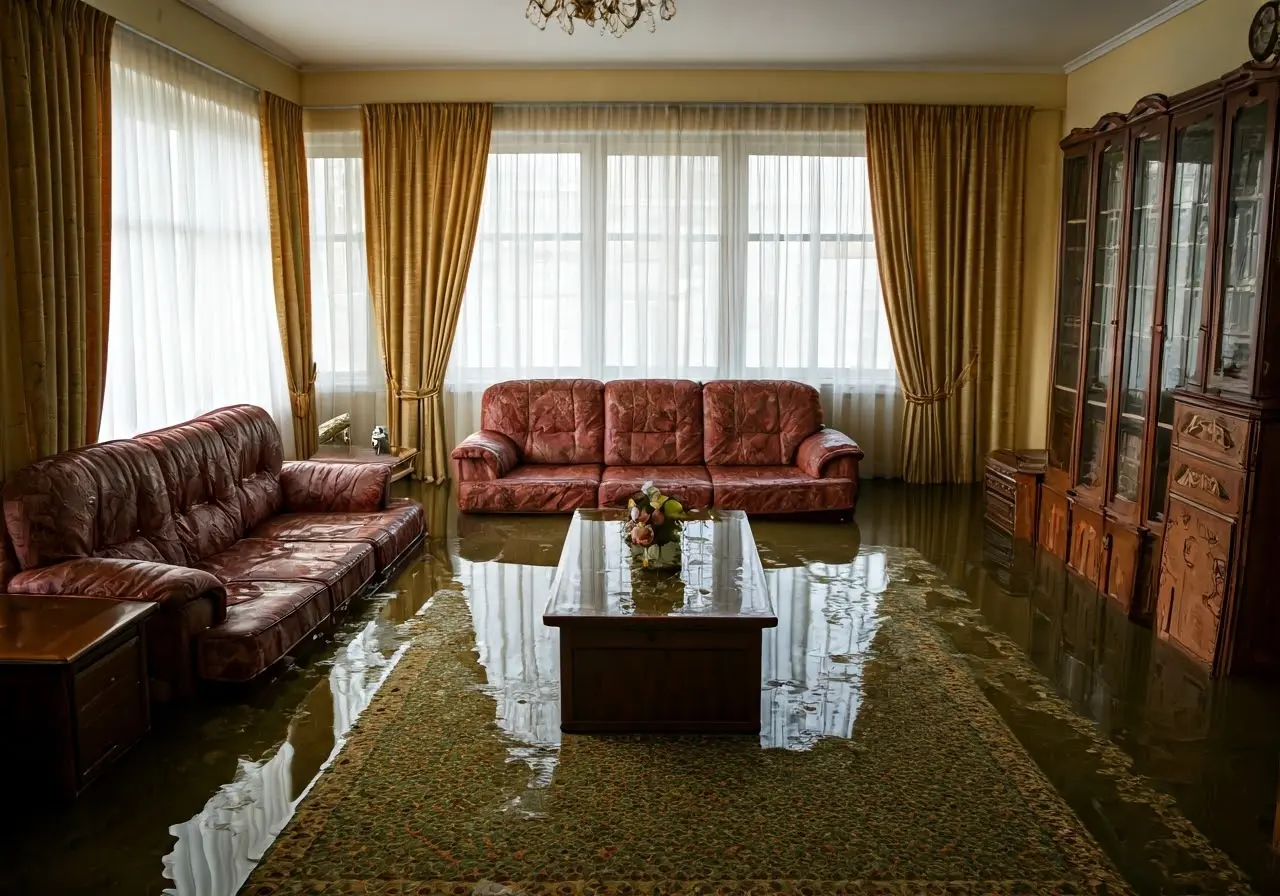What Should I Do First When Facing Water Damage in Raleigh?
Water damage can be a stressful and overwhelming experience, especially in Raleigh, where seasonal storms can lead to unexpected leaks and flooding. Knowing how to respond quickly and effectively is crucial to minimizing damage and ensuring safety. This guide will help you navigate the initial steps to take when dealing with water damage. If any uncertainties arise, don't hesitate to Eastern Restoration & Disaster.
Step 1: Prioritize Safety
Ensure the safety of yourself and others by avoiding flooded areas and shutting off electricity if necessary. Wearing protective gear can also prevent injuries.
While it might seem obvious, your personal safety should always come first in any water damage situation. If you see standing water, exercise caution. Flooded areas can hide hazards such as sharp objects or exposed wiring.
Check for gas leaks if the damage is severe enough. If you smell gas, evacuate immediately and call your local authorities. In emergencies, don't hesitate; safety is the number one priority.
Have an emergency kit ready, stocked with flashlights, batteries, and first aid supplies. This is useful not only during water damage incidents but also for any emergency situations in the future.
Step 2: Assess the Situation
Evaluate the extent of the water damage. Check for leaks, standing water, and affected materials. This helps in knowing the severity and immediate needs.
Take notes and document everything. Having a record can be essential for insurance claims later. Use your phone to take pictures or videos, capturing the damage and the areas most affected.
Try to identify the cause of the water intrusion as well. Was it a flood, a broken pipe, or maybe a roof leak? Understanding the source can significantly influence your next steps.
While assessing, be cautious not to create additional hazards—like walking through stained water without proper protection. If you're unsure about the safety measures, it's best to wait for professionals.
Step 3: Stop the Water Source
If possible, locate and stop the source of water. This might involve shutting off the main water valve or addressing a leak to prevent further damage.
In Raleigh, knowing where your main water shutoff is located can save you time and minimize damage. If you’re unable to find it quickly, it might be worth noting its location for future emergencies.
If the water source is outside, it might be necessary to divert the flow, for example, by using sandbags if time permits. Block off access points that could allow more water to enter.
If the problem is too large for you to handle, don’t hesitate to call in professionals who can help you stabilize the situation effectively and safely.
Step 4: Contact Professionals
Reach out to water damage restoration experts in Raleigh. They have the tools and expertise to handle extensive damage, ensuring a thorough recovery process.
It’s tempting to tackle everything yourself, especially when you're feeling overwhelmed. However, professionals have specialized equipment and training that can mitigate losses far more efficiently.
Ask for recommendations from friends or search online for reputable services available in your area. Reading customer reviews can also offer insight into the reliability of a service provider.
Once you engage a restoration service, they will take over the situation, so you can concentrate on getting back to normal. Their experience will prove invaluable during this stressful time.
Final Thoughts on Water Damage Management
By following these steps, you can effectively handle the initial aftermath of water damage in Raleigh. Remember to stay calm and prioritize safety as you work to mitigate the impact and start the recovery process.
If disaster strikes and you need a trusted partner, call Eastern Restoration & Disaster at 919-946-2412. We will assist you throughout the entire restoration process, treating you like family.


